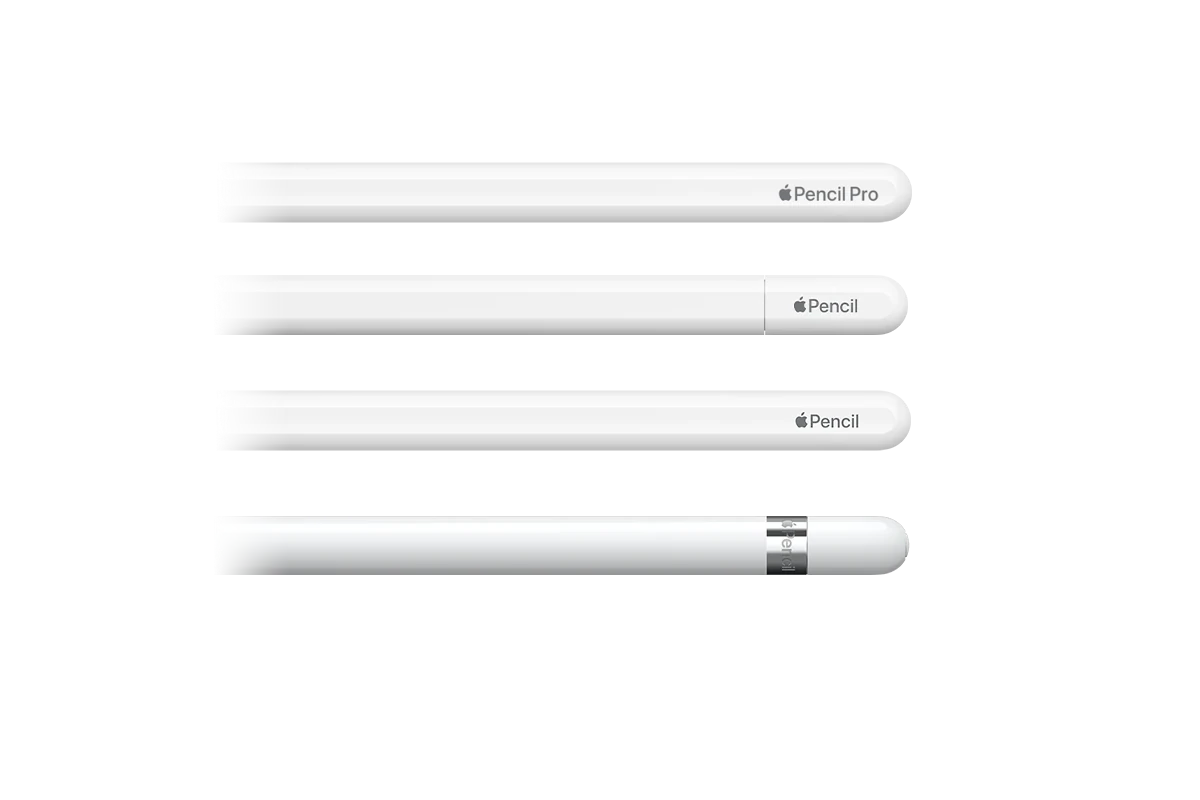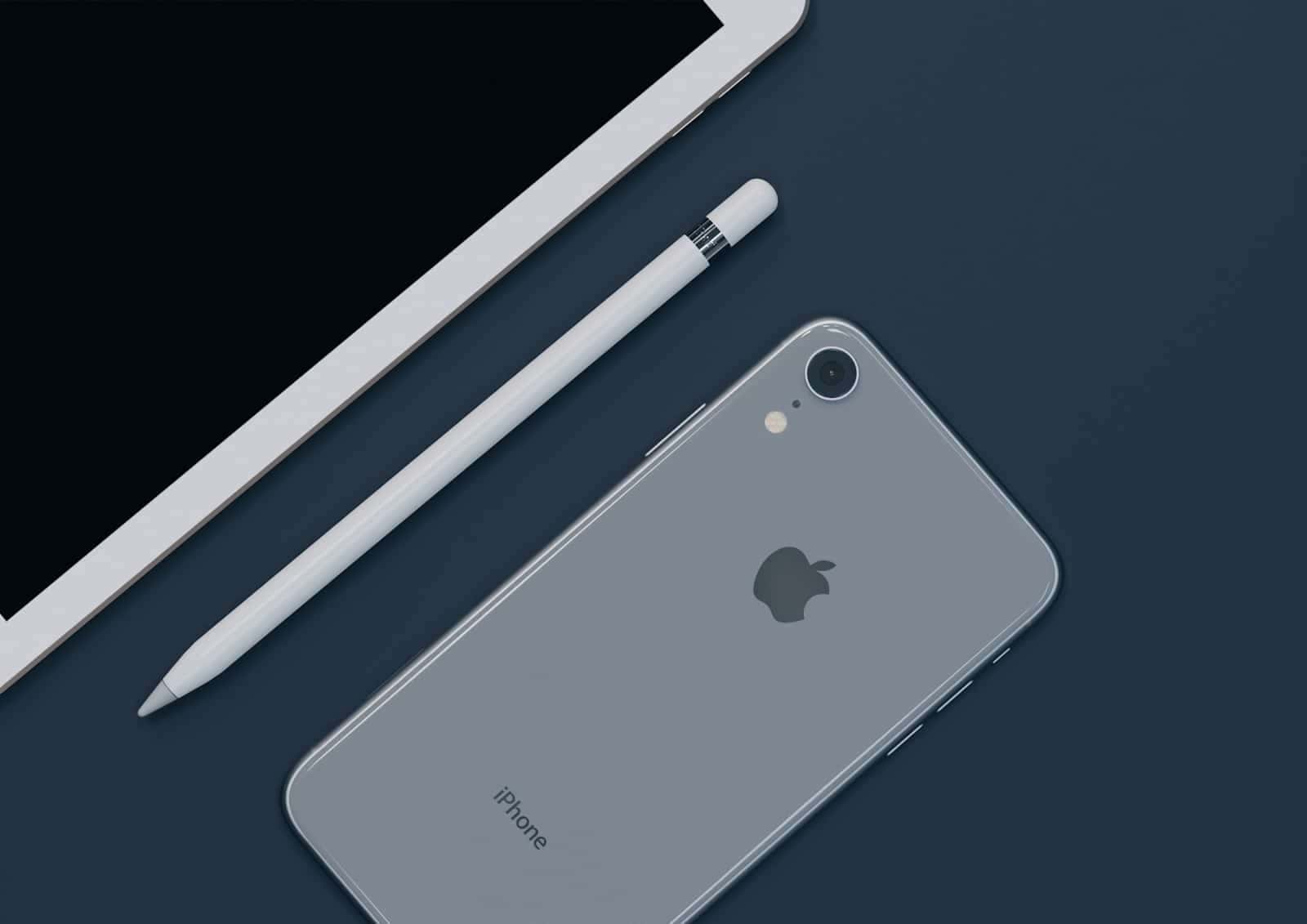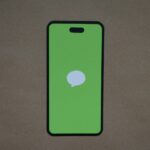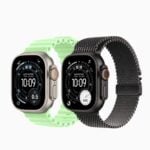No, Apple Pencil does not work with iPhones. The Apple Pencil can’t be used for drawing, writing, or navigating on your iPhone screen because it’s specifically designed for the iPad’s display and software. It’s only compatible with certain iPads and doesn’t work with the touchscreen technology used on iPhones. Although current technical and design limitations prevent the Apple Pencil from working on iPhones, there’s a growing demand for this feature. As technology advances and user expectations evolve, the possibility of making the Apple Pencil compatible with iPhones becomes increasingly interesting.
Apple Pencil and iPhone
As of now, Apple Pencil does not work with iPhones. The technology behind the Apple Pencil, which relies on a specific display hardware and software integration, is currently exclusive to certain iPad models.

Why the Incompatibility?
The primary reason behind this incompatibility is the difference in display technology between iPads and iPhones. iPad screens are equipped with a specialized digitizer layer that detects the Apple Pencil’s precise pressure and tilt sensitivity. iPhones lack this digitizer layer, rendering them unable to recognize and respond to the Apple Pencil’s input.
There are a few reasons for this incompatibility:
- Screen Technology: iPad screens are designed with a different technology that allows for the precision and pressure sensitivity needed for Apple Pencil. iPhone screens, while advanced, are not built with this in mind.
- Software Integration: The iPad’s operating system (iPadOS) has been optimized to seamlessly integrate with Apple Pencil, offering a range of features and apps that leverage its capabilities. The iPhone’s operating system (iOS) lacks this specific integration.
Integrating Apple Pencil support into iPhones would require a substantial hardware redesign, potentially impacting the device’s slim profile and battery life. Additionally, software optimizations would be necessary to ensure a seamless user experience on the smaller iPhone screen.
The Rumor Mill
Despite the technical challenges, there is significant consumer demand for Apple Pencil compatibility on iPhones. This has fueled speculation about Apple potentially introducing this feature in future iPhone models. However, there is no official confirmation from Apple regarding such plans.
Alternatives for iPhone Users

While Apple Pencil is not an option for iPhones, there are alternative styluses available that work with iPhone screens. These styluses lack the precision and pressure sensitivity of Apple Pencil but can still be useful for drawing, note-taking, and navigating your iPhone. These capacitive styluses rely on the iPhone’s touchscreen technology and can be used for basic drawing, note-taking, and navigation tasks.
Looking Ahead
As technology continues to evolve, it’s possible that future iPhone models may offer compatibility with Apple Pencil or similar styluses. However, for now, iPhone users will have to rely on alternative solutions or stick to using the iPad for their Apple Pencil needs.
The Table of Compatibility
| Device | Apple Pencil Compatibility |
|---|---|
| iPad Pro (all models) | Yes (1st or 2nd generation, depending on the model) |
| iPad Air (3rd generation and later) | Yes (2nd generation) |
| iPad mini (5th generation and later) | Yes (2nd generation) |
| iPad (6th generation and later) | Yes (1st generation) |
| iPhone (all models) | No |
Apple Pencil Compatibility with iPhone Models
When discussing whether the Apple Pencil works with iPhones, it’s important to understand that as of now, it’s designed exclusively for iPad use due to technical differences.
Technological Limitations
The Apple Pencil does not work with any iPhone models. This is because the technology behind the Apple Pencil is crafted to interact with the iPad’s display, which is different from the one found in iPhones. The iPads have a specific screen technology that supports the sensitivity and precision of the Apple Pencil, which the iPhone’s touchscreen lacks. Therefore, even the latest iPhone models do not support the Apple Pencil.
Potential for Future Integration
While the current iPhone models are not compatible with the Apple Pencil, Apple has been known for its innovation and might potentially integrate this functionality in the future. However, as we stand in 2024, there have been no official announcements or indications from Apple that suggest the iPhone will support the Apple Pencil anytime soon. If such compatibility were to be introduced, it would likely require a redesign of the iPhone’s touch interface to match the technical requirements of the Apple Pencil.
Understanding Apple Pencil and Its Generations
Apple introduced the Apple Pencil to give iPad users precision and fluidity when drawing or taking notes. Over time, they’ve refined the tool, offering two key versions: the first-generation Apple Pencil and its successor, the second-generation Apple Pencil.
First-Generation Apple Pencil Features
The first-generation Apple Pencil was a breakthrough when it debuted. It works by pairing with an iPad via a lightning connector, which is also how it charges. Users found it helpful for a variety of tasks from sketching to writing. Notably, this Pencil is round and glossy, with a removable cap hiding the charging connector.
Compatibility:
- iPad (6th, 7th, 8th, and 9th generation)
- iPad Air (3rd generation)
- iPad mini (5th generation)
- iPad Pro 12.9-inch (1st and 2nd generation)
- iPad Pro 10.5-inch
- iPad Pro 9.7-inch
Second-Generation Apple Pencil Enhancements
With a matte finish and a more ergonomic design, the second-generation Apple Pencil sticks to the side of compatible iPads magnetically, charging wirelessly. It offers new features like double-tapping to switch between tools in supported apps, making work even smoother.
Compatibility:
- iPad Air (4th generation and later)
- iPad mini (6th generation)
- iPad Pro 11-inch (all generations)
- iPad Pro 12.9-inch (3rd generation and later)
Both generations of the Apple Pencil are engineered to work exclusively with iPad models and are not compatible with iPhones. This is due to the distinct screen technology in iPads that the Pencil relies on to function, which iPhones lack.
Pairing and Charging the Apple Pencil
Before diving into the details, it’s important to know that the Apple Pencil is designed to connect with iPad models and has specific ways to charge, depending on its generation.
Connecting to iPad Models
To use the Apple Pencil, you’ll need to connect, or pair, it with a compatible iPad. For the 1st generation Apple Pencil, you’ll connect it to the iPad by plugging it into the iPad’s Lightning connector. To pair, plug it in and tap “Pair” when the notification pops up. The 2nd generation Apple Pencil pairs differently. It connects magnetically to the side of certain iPad models like the iPad Pro, iPad Air (4th generation and later), and iPad mini (6th generation). This simple magnetic attachment not only pairs the Apple Pencil but also charges it.
Compatible iPad Models for Apple Pencil 1st generation:
- iPad (6th generation and later)
- iPad Air (3rd generation)
- iPad mini (5th generation)
- iPad Pro (12.9-inch, 1st and 2nd generations)
- iPad Pro (10.5-inch)
- iPad Pro (9.7-inch)
Compatible iPad Models for Apple Pencil 2nd generation:
- iPad Pro 12.9-inch (3rd generation and later)
- iPad Pro 11-inch (1st generation and later)
- iPad Air (4th generation and later)
- iPad mini (6th generation)
Charging Mechanisms
Charging your Apple Pencil depends on its generation. The 1st generation pencil charges via the iPad’s Lightning connector or with a Lightning cable and the Apple Pencil charging adapter. On the other hand, the 2nd generation pencil charges wirelessly and magnetically attaches to specific iPad models. You just snap it onto the side of the iPad with the magnetic connector. It’s worth mentioning that you can’t charge the Apple Pencil with an iPhone or any device other than the iPad models mentioned.
Charging Summary for Apple Pencils:
- 1st generation: Via iPad’s Lightning connector or Lightning cable with adapter.
- 2nd generation: Magnetically on the side of compatible iPad models.
Best Apple Pencil Alternatives for iPad Users
While Apple Pencil is the top choice for iPad users, some great alternatives offer similar functionality at a lower price. Some popular options include:
- Logitech Crayon: A popular choice for students and artists, offering a similar feel to Apple Pencil without the pressure sensitivity.
- Adonit Pixel: A versatile stylus with programmable buttons and palm rejection technology.
- Zagg Pro Stylus: A sleek and stylish option with a dual-tip design for drawing and navigating.
- ESR Digital Stylus Pencil: A budget-friendly choice that works well for basic drawing and note-taking.
Apple Pencil 2 Review
The Apple Pencil 2 is a significant upgrade over the original, with improved design, a magnetic attachment for charging and pairing, and gesture controls. It offers a natural drawing experience with excellent precision and low latency. The matte finish and flat edge make it comfortable to hold and less likely to roll off surfaces.
Troubleshooting Guide for Apple Pencil
If you’re having trouble with your Apple Pencil, here are a few things to check:
- Ensure Bluetooth is enabled on your iPad and the Apple Pencil is charged.
- Check if the tip is worn out and needs replacing.
- Restart your iPad and try reconnecting the Apple Pencil.
- If you’re using Apple Pencil 2, ensure it’s properly attached to the magnetic connector on your iPad.
If the issue persists, consult Apple’s support documentation or visit an Apple Store for assistance.
Is the Apple Pencil Worth It?
Whether the Apple Pencil is worth it depends on your needs and budget. If you’re an artist, designer, or student who frequently uses your iPad for creative work, the Apple Pencil is a valuable investment. However, if you only use your iPad for casual tasks, a cheaper alternative might suffice.
Can Your iPad Charge Your Apple Pencil?
Yes, iPad models that support Apple Pencil 2 can charge it wirelessly through the magnetic connector on the side of the device. Older iPads require the Apple Pencil to be plugged into the Lightning port for charging.
Please note that the first-generation Apple Pencil is not compatible with the latest iPad models. Make sure to check compatibility before purchasing.
Frequently Asked Questions
This section addresses some common queries regarding the use of Apple Pencil with iPhones, providing clear and straightforward answers.
Is the Apple Pencil compatible with any iPhone models?
No, the Apple Pencil is not compatible with any iPhone models. It is designed exclusively for use with certain iPad models.
What are the alternatives to the Apple Pencil for iPhone users?
iPhone users can opt for other styluses that are designed to work with iPhones. There are various third-party styluses available that offer different features and levels of sensitivity.
How can I connect a stylus to my iPhone, and does it work similar to an Apple Pencil?
Connecting a third-party stylus to an iPhone typically involves Bluetooth pairing. While they can provide a similar experience, most do not match the precise pressure sensitivity and minimal latency of the Apple Pencil.
Are there specific models of iPhone that support stylus input?
While iPhones support touch input, they don’t have the specialized screen technology used in iPads that cater specifically to stylus use like the Apple Pencil.
What functionality does a stylus provide when used with an iPhone?
A stylus can offer more precision than a finger, which is helpful for drawing, note-taking, and selecting small items on the screen.
How does the Apple Pencil differ from other styluses available for the iPhone?
The Apple Pencil has pressure sensitivity and palm rejection features that may not be present in all third-party iPhone styluses. It also has a seamless integration with iPadOS, which allows for additional features like gesture controls.







